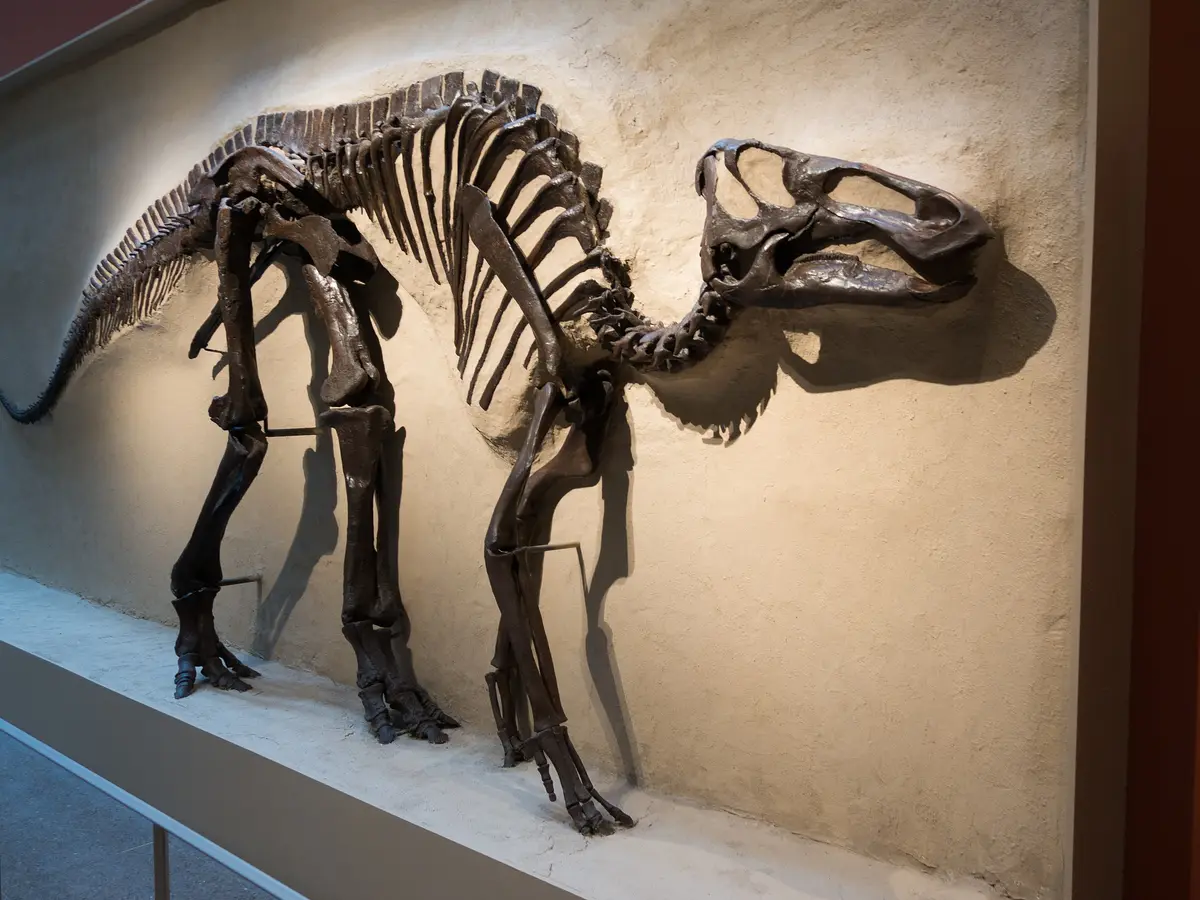Unbelievable Discovery: Hidden Lava Tubes Found on Venus Could Host Future Explorers!

Did you know that Venus, often dubbed Earth's "sister planet," hides a secret beneath its scorching surface? Recent discoveries reveal that this harsh world may host ancient lava tubes, offering a potential refuge for future human explorers!
Venus and Earth have long been compared due to their similar size, mass, and rocky composition. Formed around the same time in our solar system, these two worlds exhibit some striking parallels. However, while Earth nurtures life, Venus is a sweltering inferno with surface temperatures soaring to 465°C and an atmospheric pressure that’s an astounding 90 times greater than ours, enveloped in clouds heavy with sulfuric acid. These extreme conditions make Venus a tantalizing subject for planetary scientists eager to unravel its mysteries.
Despite their differences, both planets share a dynamic nature; they’re both geologically active, shaped by volcanic activity. Venus showcases vast plains of volcanic rock, towering shield volcanoes, and flowing lava that mirror some of Earth’s most dramatic landscapes.
In a groundbreaking study led by Barbara De Toffoli from the University of Padova, researchers delved into radar images and topographic data gathered from earlier missions to Venus. Their focus fell on large shield volcanoes that exceed 100 kilometers in diameter, where they sought signs of collapsed lava tubes, which are natural tunnels formed when lava flows beneath a solidified crust.
To their astonishment, the team identified four distinct chains of pits that suggest the presence of these tubes. Until now, their existence on Venus was only a hypothesis. These formations, which have been documented on Earth and the Moon, provide a glimpse into the volcanic history of Venus and could serve as crucial shelters for future explorations.
The concept may sound like science fiction, but these underground structures could protect explorers from the harsh surface environment of Venus. Unlike straight pit chains created by tectonic shifts, these pits curve and wind across the landscape, indicating they were formed by ancient lava flowing downhill.
The discovery of these pits, all located on the flanks of volcanoes and aligned downhill, aligns perfectly with expected lava tube locations. This groundbreaking insight not only enhances our understanding of Venus’s geological evolution but could also inform future missions aimed at exploring the planet's subsurface. With upcoming projects like the ESA EnVision mission, equipped with a Subsurface Radar Sounder, we may soon uncover the true extent of these fascinating structures and take a step closer to the dream of human exploration of Venus.


















